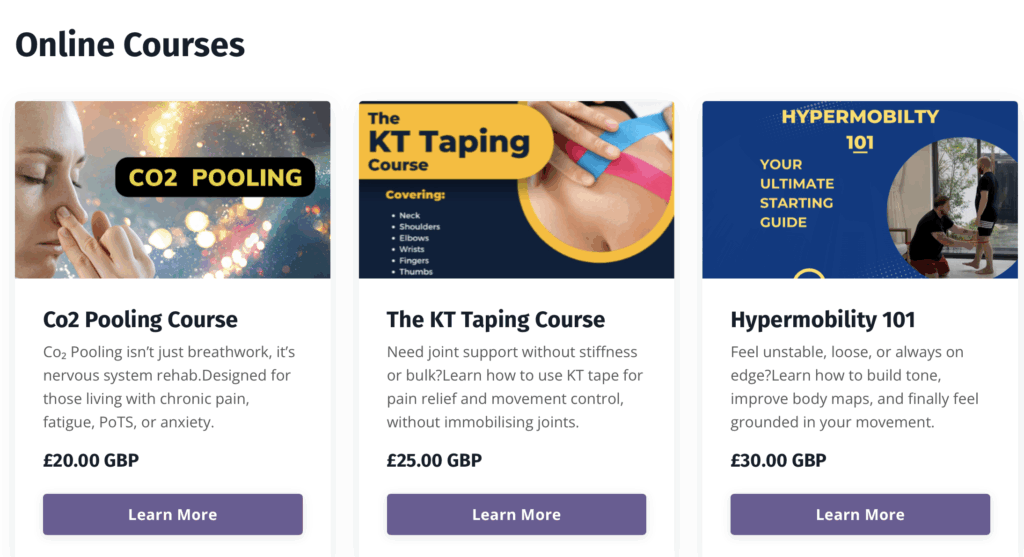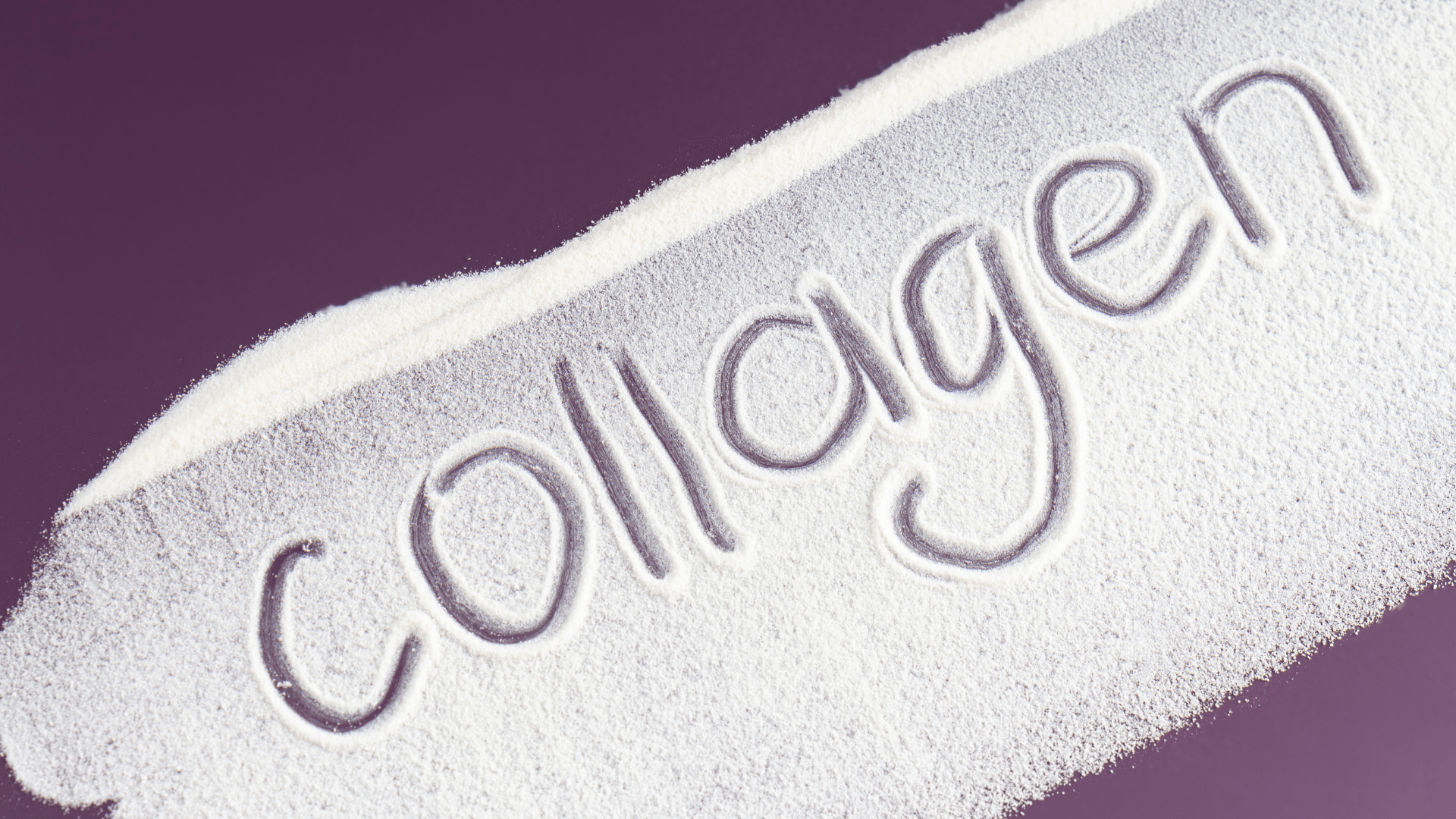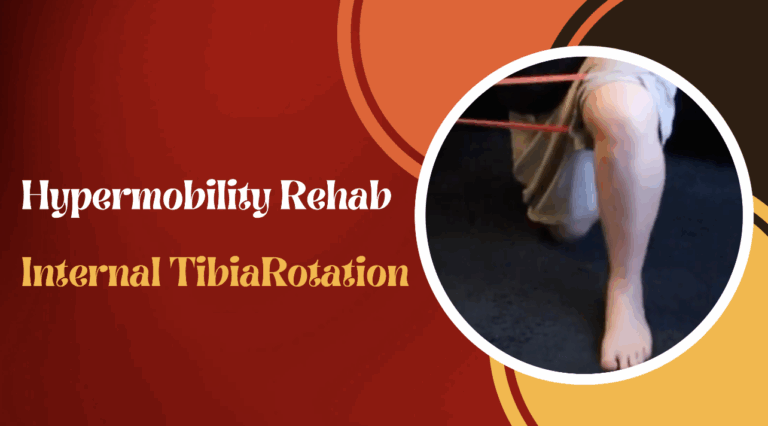- POTS and Exercise: The First Step Everyone Misses - 27 June 2025
- The Missing Link Between Breathlessness, Fatigue, and Chronic Pain: Understanding CO₂ Tolerance - 19 June 2025
- What is Mast Cell Activation Syndrome? - 12 May 2025
When we talk about hypermobility, collagen often comes up as the first thing mentioned, after all, It’s the structural protein that holds our connective tissues together, so it’s natural to wonder: do hypermobile people have less collagen?
Sectrum Disorders (HSD) and hypermobile Ehlers-Danlos Syndrome (hEDS) aren’t always associated with a lack of collagen. Rather, the problem typically stems from the structure, organisation, and function of that collagen.
This blog will look at the current understanding of hypermobility and collagen, investigate its structural effects on connective tissues, and dispel some common myths. You found yourself at the right place if you have ever pondered the relationship between collagen and hypermobility.
Collagen: The Structural Glue of the Body
For good reason, collagen is often compared to the scaffolding of our bodies. It provides the framework for our skin, tendons, ligaments, and organs and is the most abundant protein in connective tissues found within the body. Collagen is essential for our body’s strength, elasticity, and structural integrity.
Collagen, however, isn’t limited to that. The various members of this protein family each serve specific functions in different bodily tissues.
For example:
Type I Collagen: Found in tendons, skin, and bones: known for its tensile strength.
Type II Collagen: Found in cartilage: responsible for cushioning and flexibility.
Type III Collagen: Common in skin and blood vessels: provides elasticity and support.
Sometimes, certain mutations in genes influence the structure or assembly of collagen. Imagine you are building a structure. No amount of scaffolding will ensure the building is stable if the materials used to construct it are weak or poorly assembled.
What does this mean?
Well, In most cases, these variations can significantly affect the response of connective tissues to mechanical stress, stretching, and motion: which is why so many people have issues with things like exercise.
Collagen Abnormalities
A previously mentioned, conditions associated with hypermobility, such as hypermobile Ehlers-Danlos Syndrome (hEDS) and Hypermobility Spectrum Disorders (HSD), arise when collagen, the scaffolding of our bodies, fails to function as intended. The interesting part, though, is that the amount of scaffolding is less important than its design and assembly.
It is not the amount of collagen but its quality and organisation that is problematic in hEDS. This nuanced difference is fundamental in understanding the vast array of symptoms experienced by individuals with hypermobility.
For example:
Collagen Structure Defects: In some subtypes of Ehlers-Danlos Syndrome, gene mutations (like COL1A1 or COL1A2) can produce collagen that’s structurally weak. Imagine trying to build a suspension bridge using frayed cables: it might still hold, but under stress, it’s far more likely to give way.
Fibril Abnormalities: In rarer forms of EDS, such as musculocontractural EDS, the issue lies in how collagen fibrils are assembled. Instead of a uniform pattern, you might see a mosaic of strong and weak fibrils, resulting in tissues that are unpredictable under strain.
Hypermobility Spectrum Disorders (HSD): While HSD shares many physical characteristics with hEDS, it’s not always linked to identifiable collagen defects. However, the symptoms: joint instability, chronic pain, and tissue fragility, all tell us that collagen and connective tissue still play a key role.
What matters most is not the amount of collagen present, but its structure and its response to stress. Problems with joint stability, tissue fragility, and chronic discomfort are all too common among hypermobile people, and these abnormalities can be caused by structural defects, assembly issues, or simply increased laxity.
With a better understanding, we can move away from outdated assumptions and concentrate on better management strategies for individuals living with hypermobility if we understand this difference.
Enjoyed Our Blog? Why Stop Here?
If you’ve found value in our posts, imagine what you’ll gain from a structured, science-backed course designed just for you. Hypermobility 101 is your ultimate starting point for building strength, stability, and confidence in your body.





